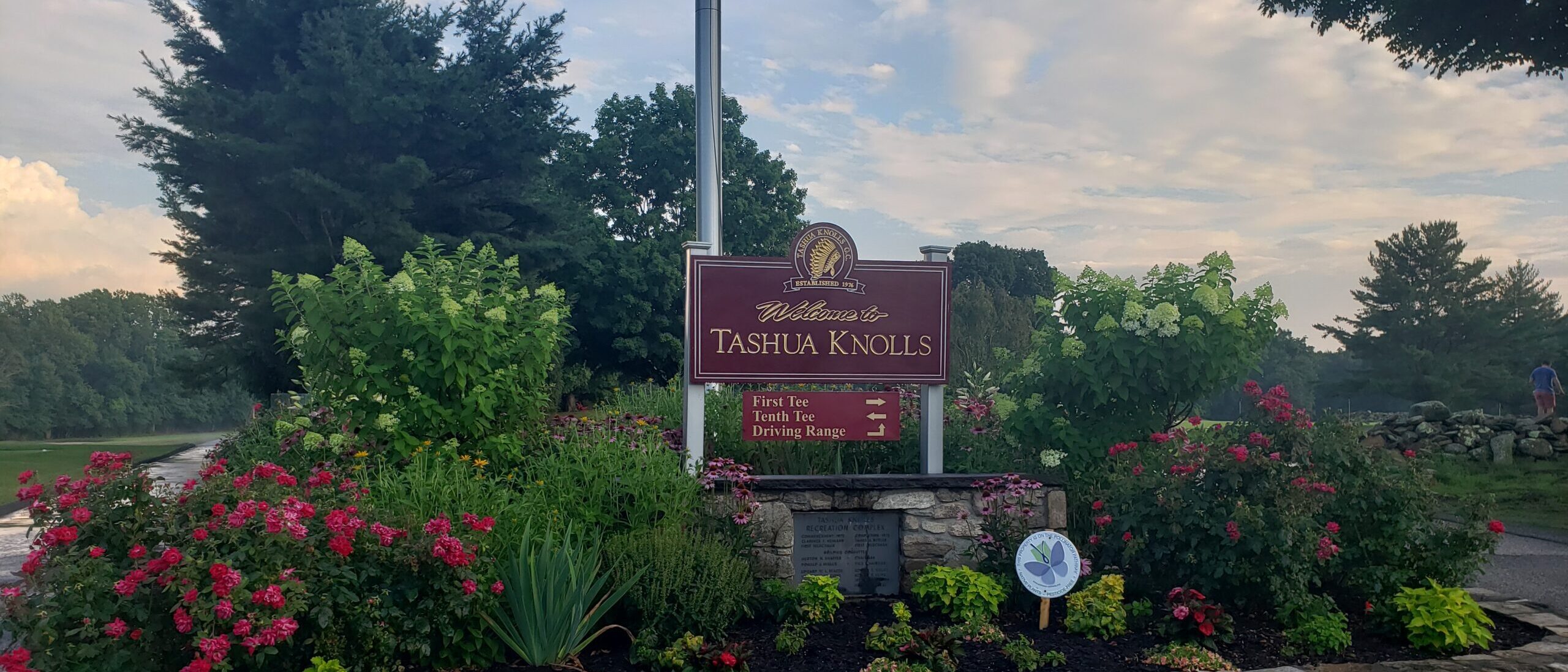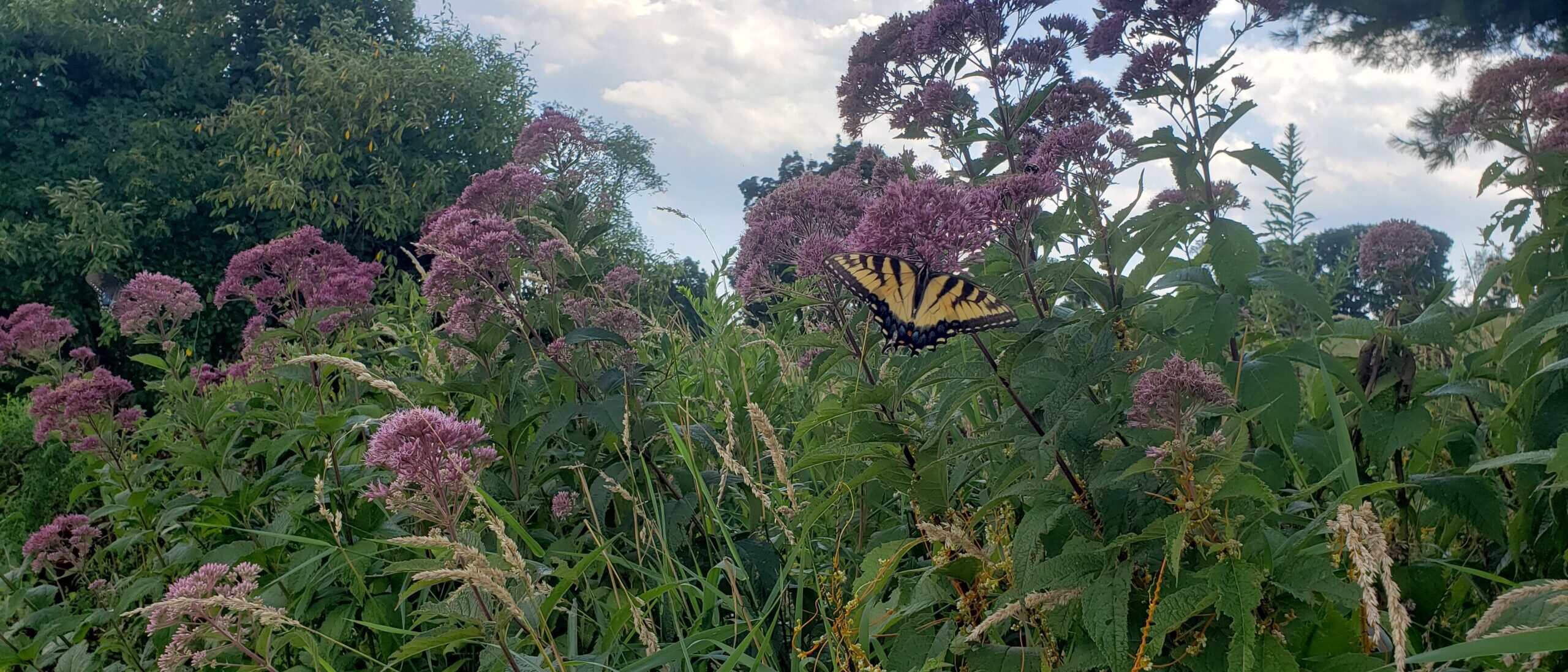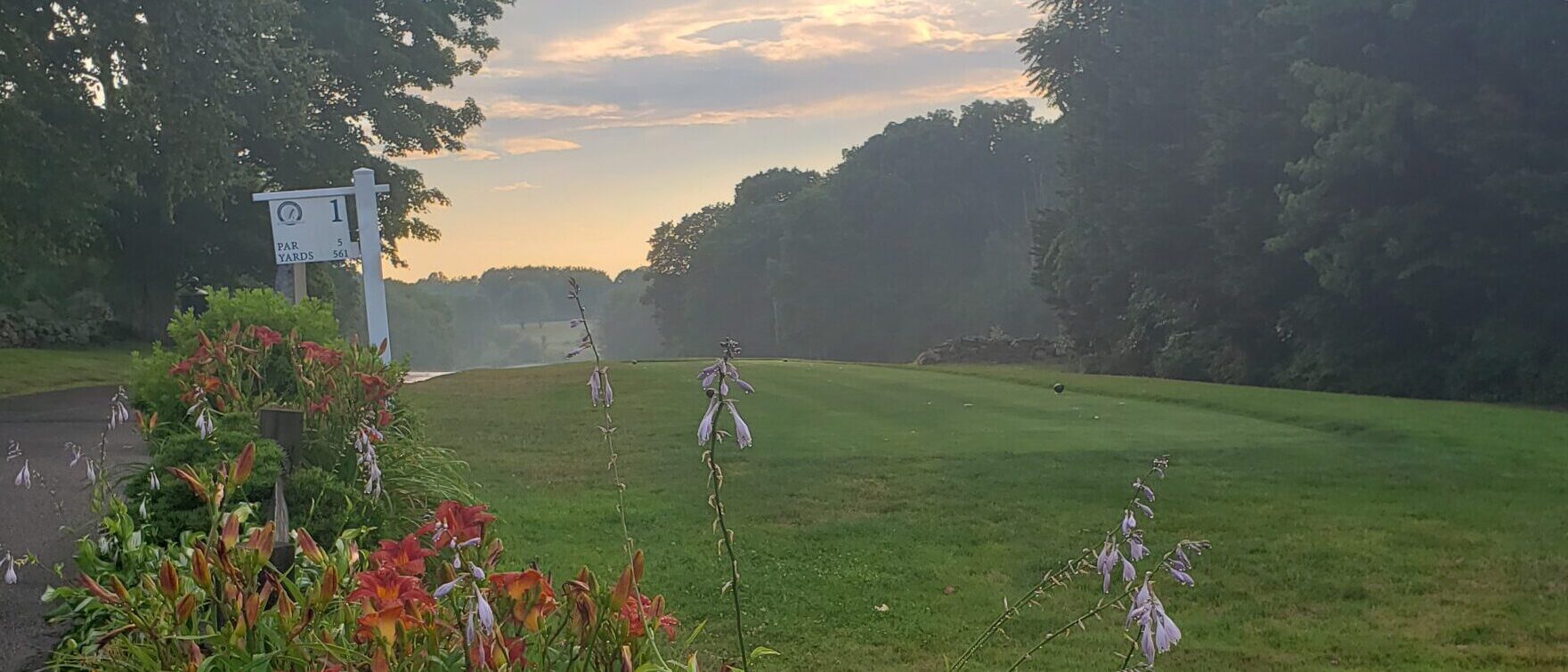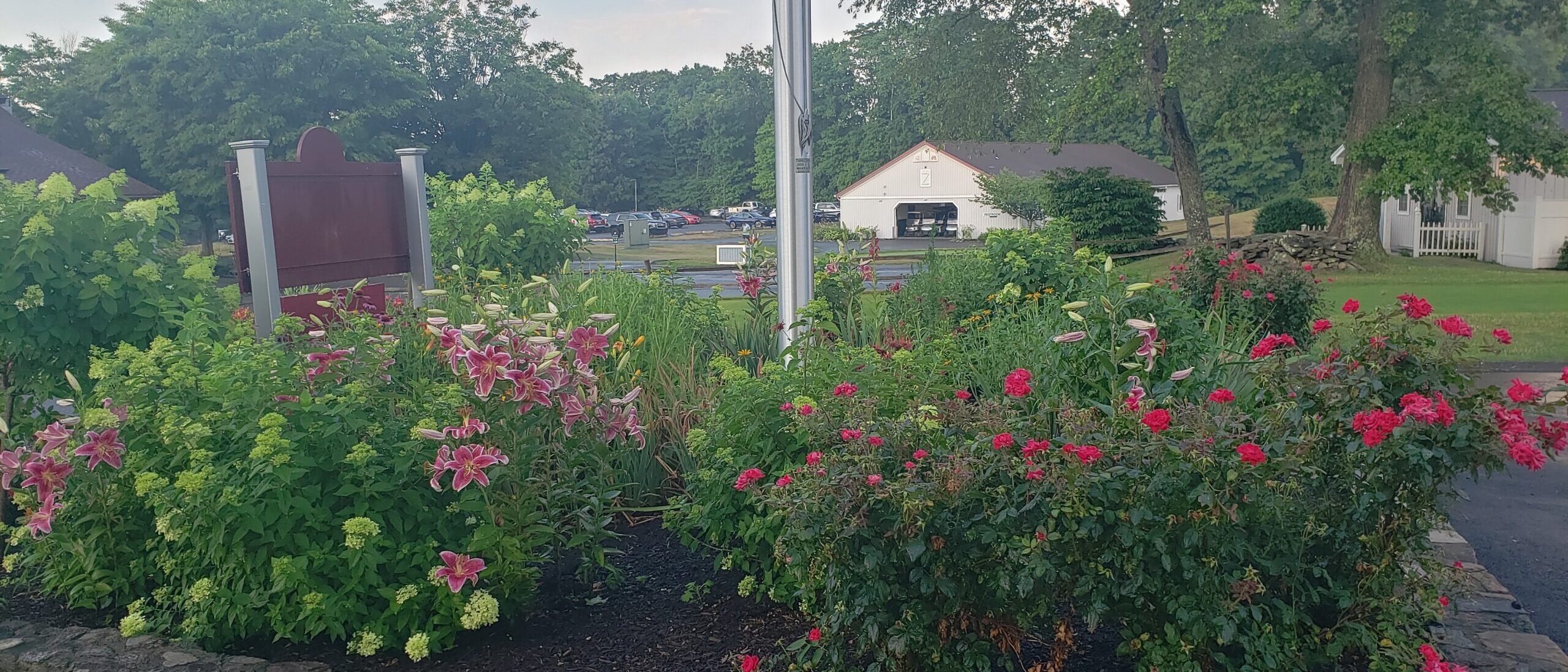In the last few decades, there has been a significant decline in the population of pollinators that are key to the growth of new plants, as well as the production of our food supply. In fact, as of 7/21/22 Monarchs are considered an endangered species (see article here). Tashua Knolls is doing its part to combat this decline with a few vital efforts, one of them being the pollinator pathway.
What is the Pollinator Pathway?
A pollinator pathway is a corridor of pesticide-free, native plants that act as a habitat and source of nourishment for pollinators. Multiple zones of native plants located near each other can form a route of safe travel from one habitat to the next. At Tashua, the pollinator pathway consists multiple untouched native areas on the golf course. In the last few years, we have made an effort to strengthen the pathway at Tashua by clearly defining and leaving more native areas untouched. Native plants have also been planted beside the entrance to the clubhouse, and surrounding the flagpole between holes #1 and #10. Make sure to keep a look out for more native areas on the pathway during your next round of golf!
What types of native plants make up the Pollinator Pathway?
There are many different kinds of ferns, grasses, wildflowers, trees and shrubs that are native to CT and can provide nourishment and shelter to butterflies. You can see some examples of recently planted species at Tashua in the gallery below. That said, one of the most important plants is milkweed (click for infographic), because butterflies will only lay their eggs on milkweed. You will find plenty of milkweed growing freely at tashua!
Native Plant Gallery
This gallery displays some different native species that have been planted. Keep scrolling to see the before and after photos!
How can I contribute to the Pollinator Pathway?
Doing your part can be as simple as rethinking your lawn, planting natives, removing invasive plants, or avoiding pesticide use. For more information about what is being done around the country and what you can do, visit https://www.pollinator-pathway.org/




